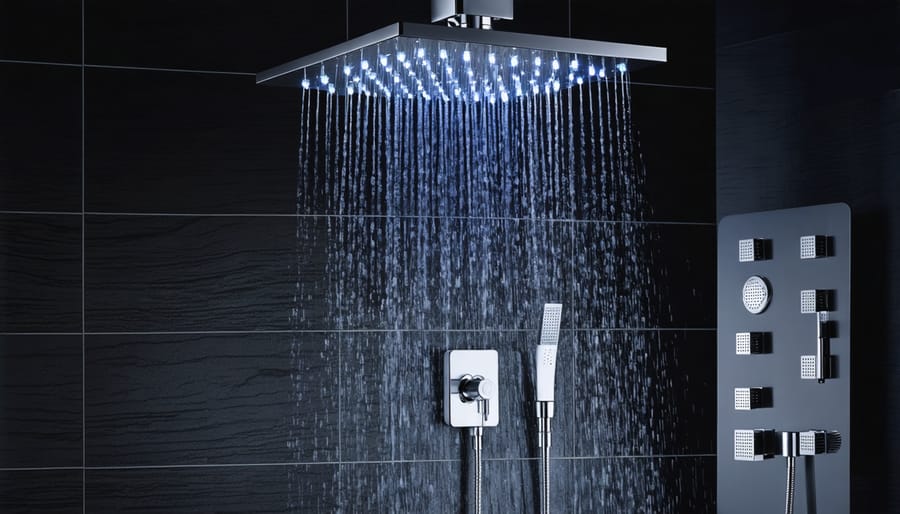Any home interiors project takes a lot of thought. You need to factor in the time it’ll take, the way it will look and the budget. Not only that but you’ll need to see whether it’s something that has some longevity to it. You don’t want to be tackling the same project within a year or two, that would indicate you’ve wasted your money and perhaps chosen an inferior product.
Flooring is one such interior aspect that deserves the same level of thought as any other. With a wealth of variants to choose from, you can find yourself sinking into the catalogues of a range of stockists all highlighting why their flooring solution provides you with the best choice for your room.
Today we look at two popular flooring types that deliver varying qualities to the rooms you choose to adorn it with. LVT and laminate. By the end of this piece, you should have a clearer idea of what floor you should pick of the two.
What is LVT flooring?
LVT flooring, or Luxury Vinyl Tiling to give it its full name is a flooring type made from PVC tiles. The tiles comprise of multiple layers with the top layer replicating stone, wood or other flooring pattern types. With a simple installation, LVT tiles can be clicked together but some versions are simply glued down onto the surface. You can expect an LVT floor to last approximately 30 years if looked after.
What is laminate flooring?
Laminate flooring is quite like LVT flooring in that it consists of several layers. These layers will normally be made up of HDF board, backer paper, decorative paper and a wear layer that protects the pattern of the flooring. Laminate flooring can have a similar lifespan to LVT if it is well looked after.
Both flooring types are widely used across different rooms in both the home and the workplace.
Are they waterproof?
If you are looking to add a new floor to a bathroom or the kitchen where floors may get a little wetter than in other rooms, you’d be better off choosing LVT of these two options. Laminate floors are not usually made to be waterproof and could start to warp or show other signs of damage if they get too wet. LVT on the other hand is made to be waterproof giving it an edge over laminates.
Is it easier to install LVT flooring or laminate flooring?
Both options are relatively simple to install. LVT and Laminate both provide you with click installation which sees the tiles or planks neatly connecting. This is a rapid way to lay a new floor and saves the complications other floor types may involve. LVT is also available in a glue down install method so you should check in advance of making a purchase as to which option you are buying. Before clipping the tiles or planks together, you’ll have to see whether an underlay is needed. In most cases, LVT will not need any type of underlay, although you can add it if you wish. Laminate flooring, on the other hand, will require you to lay underlay before slotting the panels together.
Is LVT flooring more durable than laminate flooring?
Due to the multi-layer construction of both flooring types, you benefit from durability regardless of which one you choose. However, much will depend on which room you are putting the floor in and the quality of the flooring you choose. LVT is excellent at disguising wear and tear while laminate is more prone to showing marks, dents and maybe chips. Both do come with a degree of protection. LVT is known for being scratch and stain-resistant, but many laminates also offer similar capabilities too. LVT edges it though in this category.
Which floor provides the best insulation?
LVT and laminate flooring provide decent levels of insulation. Laminate, thanks to the underlay, can be a great investment, and if you choose a sound-reducing underlay, you minimise the noise that underlay can make. LVT doesn’t require the underlay to get the same results, but you can certainly add it if you prefer. Both can also be complemented with an underfloor heating system.
Does laminate or LVT flooring provide natural flooring effects?
If you are looking for a stone, wood or more abstract effect, both LVT and laminate can provide this offering. With variable laying patterns like Herringbone, Chevron, Versailles, and Basket-Weave available, you can craft intricate and stunning patterns with an all-natural effect.
Which floor costs more, LVT or laminate?
The prices of laminate and LVT flooring are similar, but much depends on the size of the room. On average LVT flooring will work out more expensive than laminate.
Is it easier to clean an LVT or laminate floor?
Both floors are very easy to clean but it’s the method you choose that will help keep the floor maintained for longer. LVT flooring can be cleaned with a wet mop, but laminate cannot. Instead, laminate flooring will need sweeping and dry mopping. Whilst a laminate floor may repel stains a little better than LVT, using suitable cleaning products on the LVT floor will see them easily removed.
In conclusion, LVT is perhaps the better option, its waterproof nature makes it more versatile and the lack of need for an underlay can help save on costs. Its highly durable nature also makes it a favourite for families or those with a house that has high levels of foot traffic. For some, the noise reduction that LVT delivers is also favourable. Ultimately, the decision is yours. Both offer simple and quick installation and good levels of durability. One costs a little more than the other but gives you a degree of versatility, the other does not. What are you choosing?










